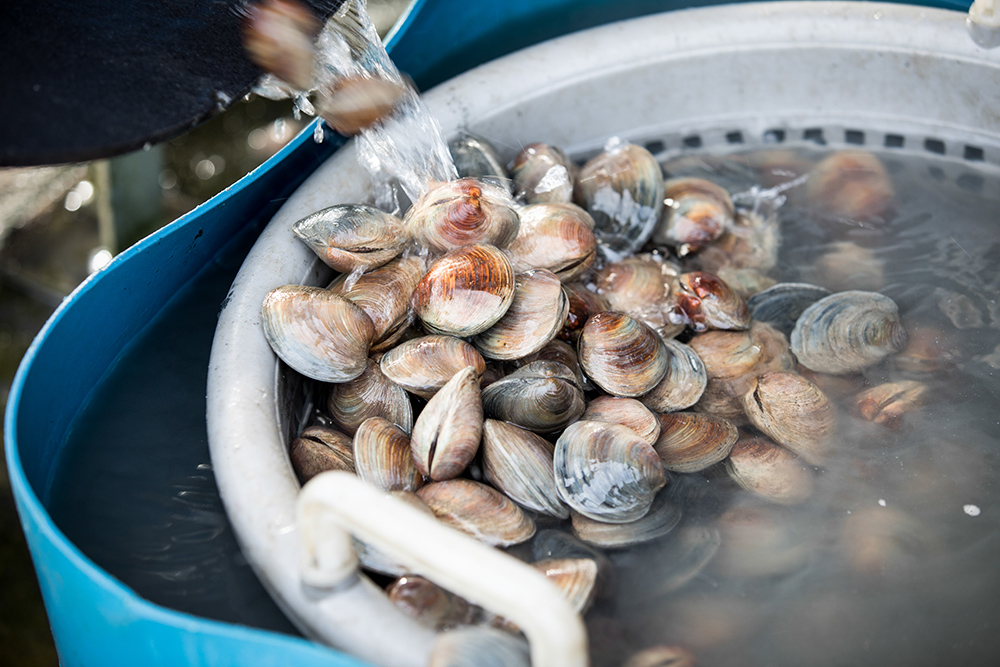By Gary L. Wade
University of Georgia
Georgians, like other Americans, have a growing thirst for water. A recent U.S. Geological Survey report noted a tenfold increase in public water use since 1950. That's mainly due to where a growing number of people live. More than two-thirds of the state's 8.4 million people live in just 24 of its 159 counties.
As competition for water increases, summer restrictions or bans on outdoor water use occur more often, even during years of normal rainfall. If you rely on municipal water to keep your landscape green, you'll likely be affected at some point by restrictions or bans on outdoor water use.
Not expensive
You don't have to invest a lot of money, though, to make your landscape more drought-resistant.Just changing how you water can often help. Reducing the amount of water you give landscape plants this spring will reduce their reliance on extra watering this summer.
By weaning your plants off extra water now, you'll encourage their root systems to grow deeper. The more you baby plants with water now, the shallower their roots will grow and the more water they'll demand during dry times.
Consider putting in some sweeping beds of pine straw, pine bark or hardwood mulch. Many local governments collect and grind the brush people leave at the curb and then give it back as mulch. Check with your city, town or county about these materials. Some counties provide them free or for a small fee.
Great investment
Mulch is one of the best investments you can make in the summer landscape. It traps moisture in the soil, making it available to the plants longer. Fine-textured mulches like pine straw or pine bark do that better than coarse-textured mulches.Newspapers aren't just for reading any more. They make excellent mulch around ornamental shrubs and flowers.
Use a leaf rake to gently pull back the mulch you have now. Dip newspaper in a bucket of water and spread it two sheets thick over the ground. Then put the mulch back to hide the newspaper and hold it in place.
Newspaper not only helps hold moisture but adds organic matter to the soil as it decomposes.
When planting flowers, it's easier to spread the moistened newspaper before planting. Then make holes in the paper and plant through them.
Best watering
Hand watering with the garden hose and targeting plants that need water is more efficient than watering with a lawn sprinkler, which waters some plants that don't need it.When watering by hand, use a water breaker to apply water slowly at a rate the soil can absorb. This may require you to make several passes over an area.
Put saucers under patio plants to collect excess water. As the soil in the pot dries out, it will wick up the excess water from the saucer as needed.
Water wicks
When planting container plants, use strips of old T-shirts, flannel sheets or other cotton fabric as wicks, extending from the saucer through the drainage holes in the bottom of the pot and into the soil media. The fabric acts like a wick in an oil lamp. It pulls water into the soil media as needed.The wick-and-reservoir combination makes containers self-watering during the summer vacation, too.
Wire baskets lined with coconut fiber or sphagnum moss tend to dry out quickly in the summer. So line the inside with a plastic bag to reduce moisture loss through the container sides. Provide drainage holes so the pots don't get waterlogged.
To learn more about conserving landscape water, contact your county University of Georgia Extension Service agent. Or visit the "Drought in Georgia" Web site (www.georgiadrought.org).
(Gary Wade is an Extension Service horticulturist with the University of Georgia College of Agricultural and Environmental Sciences.)






